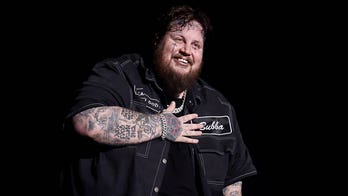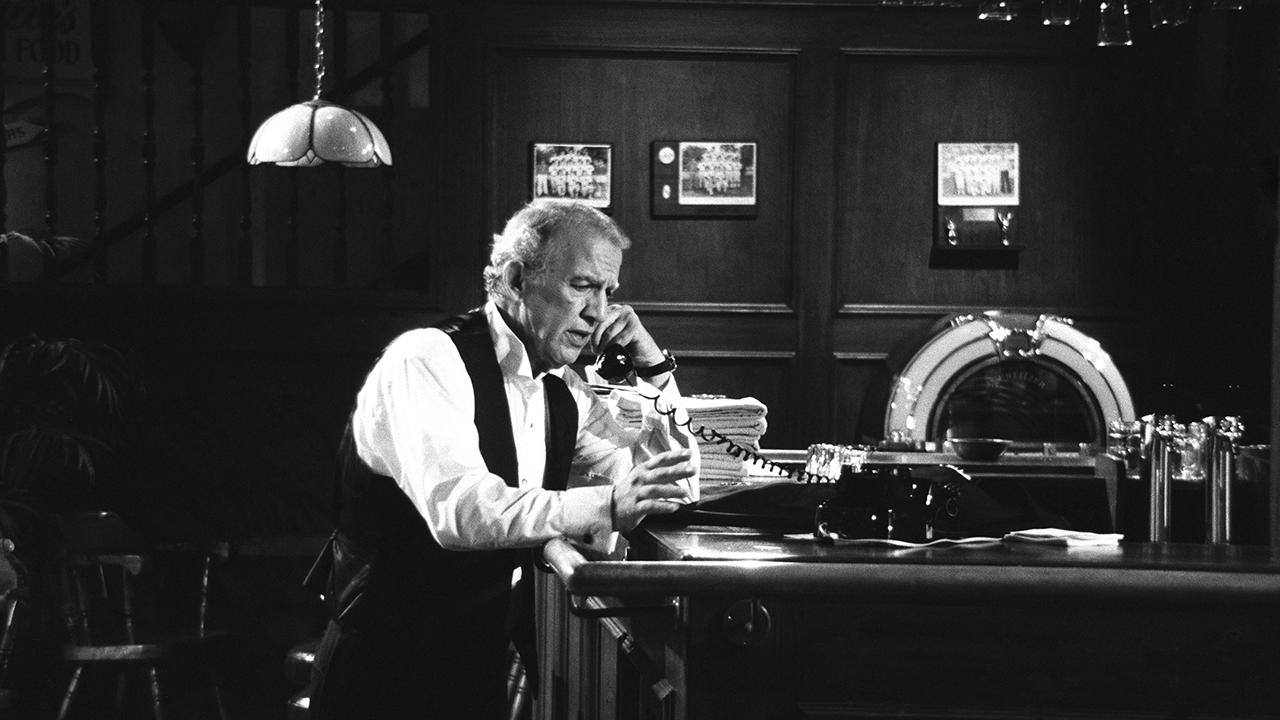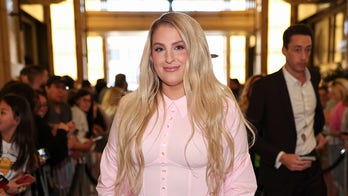Prince Harry, Meghan Markle to wed at Windsor Castle in May
Kensington Palace announces couple's 2018 wedding plans.
Lucky Meghan Markle. Upon marrying Prince Harry she’ll get all the pomp and pageantry of royal life, a palace (or at least a cottage next to a palace) and a chance to chew the fat with world leaders at sumptuous banquets.
But there’s a perk Markle won’t get that other members of the royal family enjoy. She will never be able to refer to herself as “Princess Meghan.”
It’s widely expected that once she weds, Markle will be titled the Duchess of Sussex and her husband the Duke of Sussex.
Sussex is a county in southern England, famed for its lush rolling countryside and the Brighton Royal Pavilion, perhaps the UK’s most outlandish former royal residence.
And unlike Prince Edward, the Earl of Wessex, whose fiefdom disappeared almost 1,000 years ago, Sussex does actually exist as a genuine county.
Charles Kidd, editor of Debrett’s Peerage and Baronetage, said the Dukedom of Sussex was a shoo-in for Prince Harry, which was previously held by George III’s sixth son Augustus Frederick.
“They’re quite limited in the titles that are available. The Duke of Sussex is the frontrunner without any doubt,” he told the UK’s The Telegraph.
The Dukedom of Windsor was an option and it would fit neatly with the royal family’s residence of Windsor Castle. The problem is that title was last used by Edward VIII — who also married an American divorcee — whose connections to the Nazis in the run-up to World War II means the name is still in the sin bin.
So, like Catherine Middleton, she will become a duchess. But will she be a princess?
Well, yes, she will become a “Princess of the United Kingdom” but, crucially, not in her own right. Not being born into the royal family, her title will always be inextricably linked to Harry.
The rules of royal titles decree only children of the sovereign, children of the sons of the sovereign and children of the Prince of Wales’ eldest son are entitled to use ‘prince’ or ‘princess’ in connection with their first name.
The Princess Royal, also known as Princess Anne, as well as the princesses Eugenie and Beatrice are all blue blood royals so can use the full title.
Markle does not fit into any of these categories. As such, officially, she will take on the slightly ungainly title of Princess Henry of Wales — reinforcing the link through her husband, whose proper name is Henry.
Similarly, Kate Middleton became Princess William of Wales. But she decided to style herself instead as Catherine, Duchess of Cambridge.
Due to an archaic law, Kate and William faced the possibility that while their eldest son would be a prince, any daughters would not be princesses.
It took a special rule change by the Queen to make Charlotte the equal to her big brother.
In 2013, the Queen signed a Letters Patent declaring: “All the children of the eldest son of the Prince of Wales should enjoy the style, title and attribute of Royal Highness with the titular dignity of Prince or Princess prefixed to their Christian names.”
That honor has not been passed onto the second son, Harry. So if he and Markle have children, despite being of royal blood, they will be neither a prince nor a princess.
Instead they will likely be a mere Lord or Lady.
However, that’s only a temporary measure. Once the Queen passes away, the pair would go up a rung on the royal ladder and their children would also be able to take on the more prestigious title.
But what of Princess Diana you cry? She married into the family yet got the full title, didn’t she?
Well, no, she didn’t. Diana, Princess of Wales, yes, but she was never officially Princess Diana. The latter was popular shorthand that was used so frequently it came to be seen as fact. She was never officially styled as such.
So, should you be swinging by Kensington Palace in late 2018 and bump into Markle, remember it’s “Meghan, Duchess of Sussex” or “Princess Henry of Wales” but it will never be “Princess Meghan.” To avoid a right royal stuff up, it might just be best to stick with “your royal highness.”
This article originally appeared on news.com.au.







